Key Dates
20 Nov -Late Deadline
19 Dec -Judging
06 Jan 2026 -Winners Announced
-
categories
-
Architecture
-
Interior Design
-
Space Plus
Space Design
-
Product Design
-
Communication Design
-
Advertising & Marketing
-
Service & System Design
Experience Design
-
Digital Innovation
-
Web & App Design
-
Better Future
Transformative Design
-
- quick start guide
- nominate
- past winners
- home
Bone-Air Conduction Vocal enhancement Hearing Aid
MaxSound Global Group Inc | Product Design - Medical
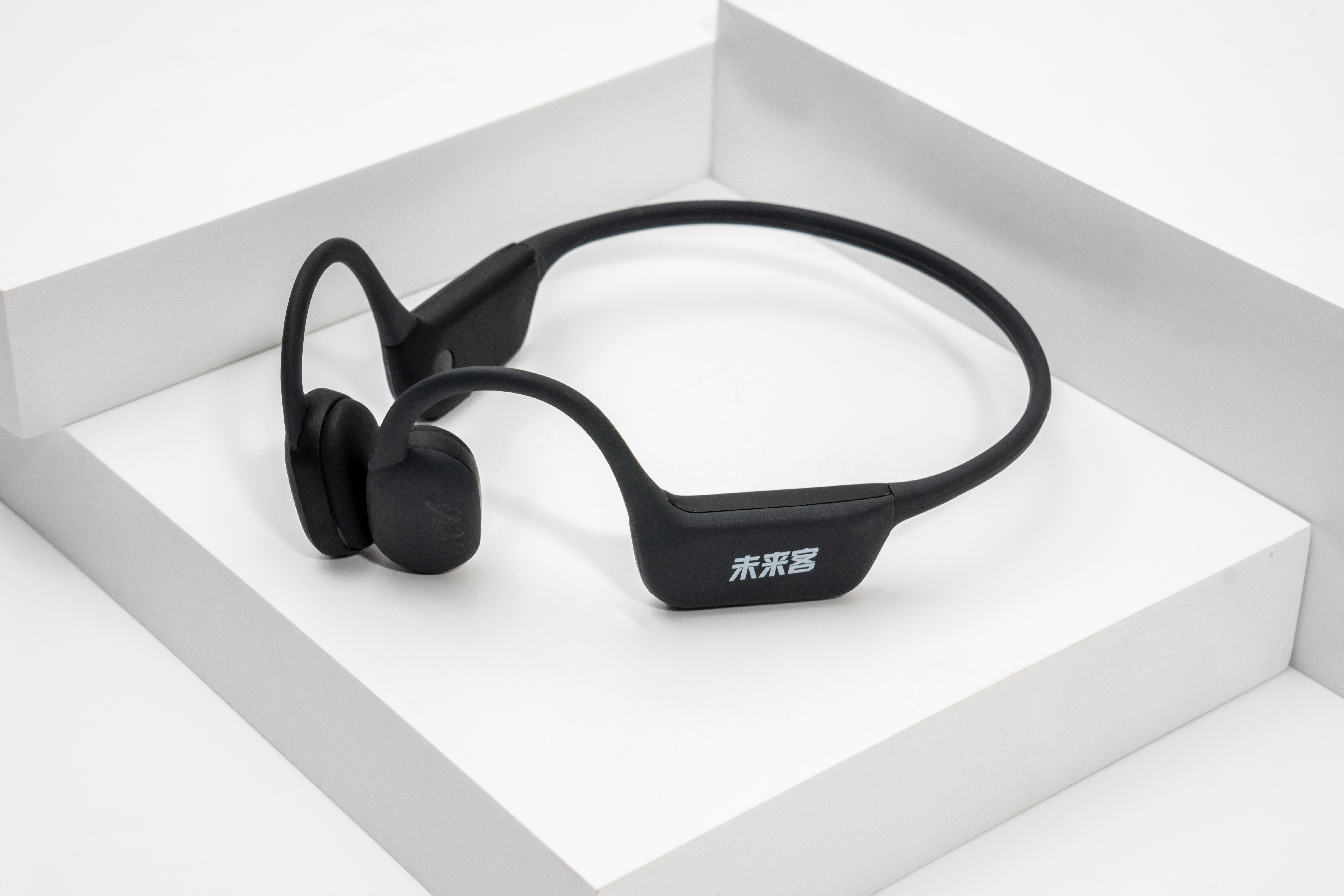
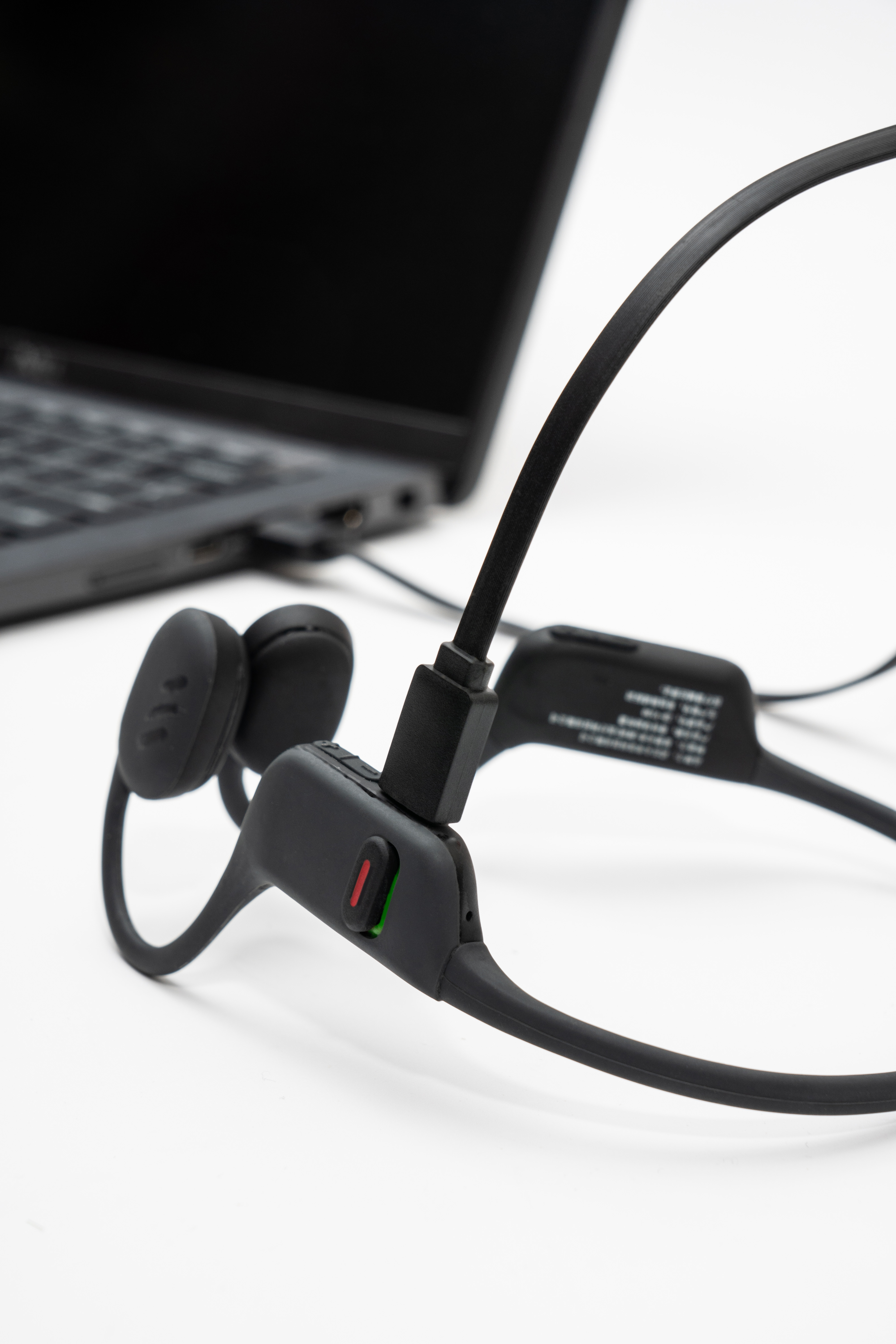


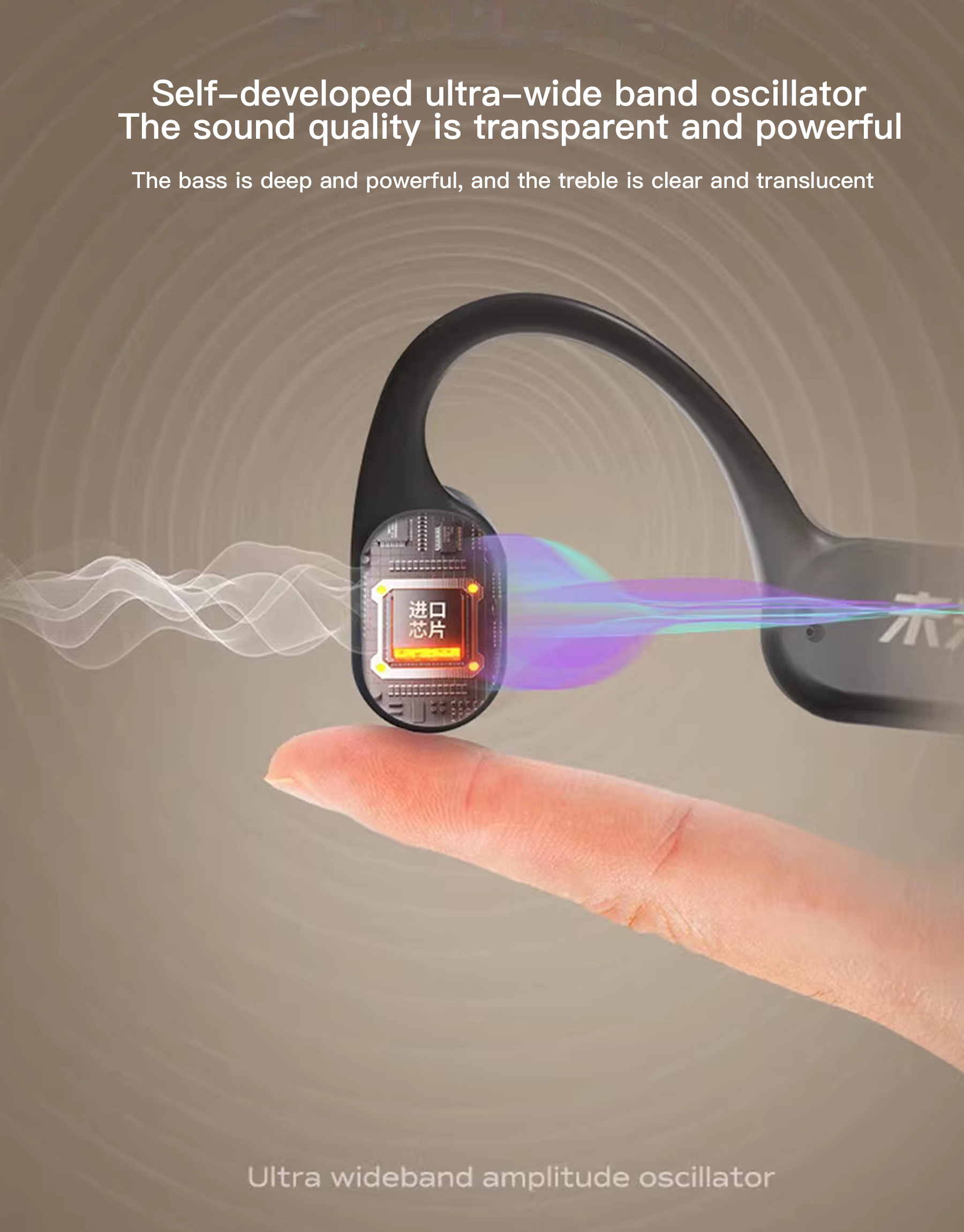
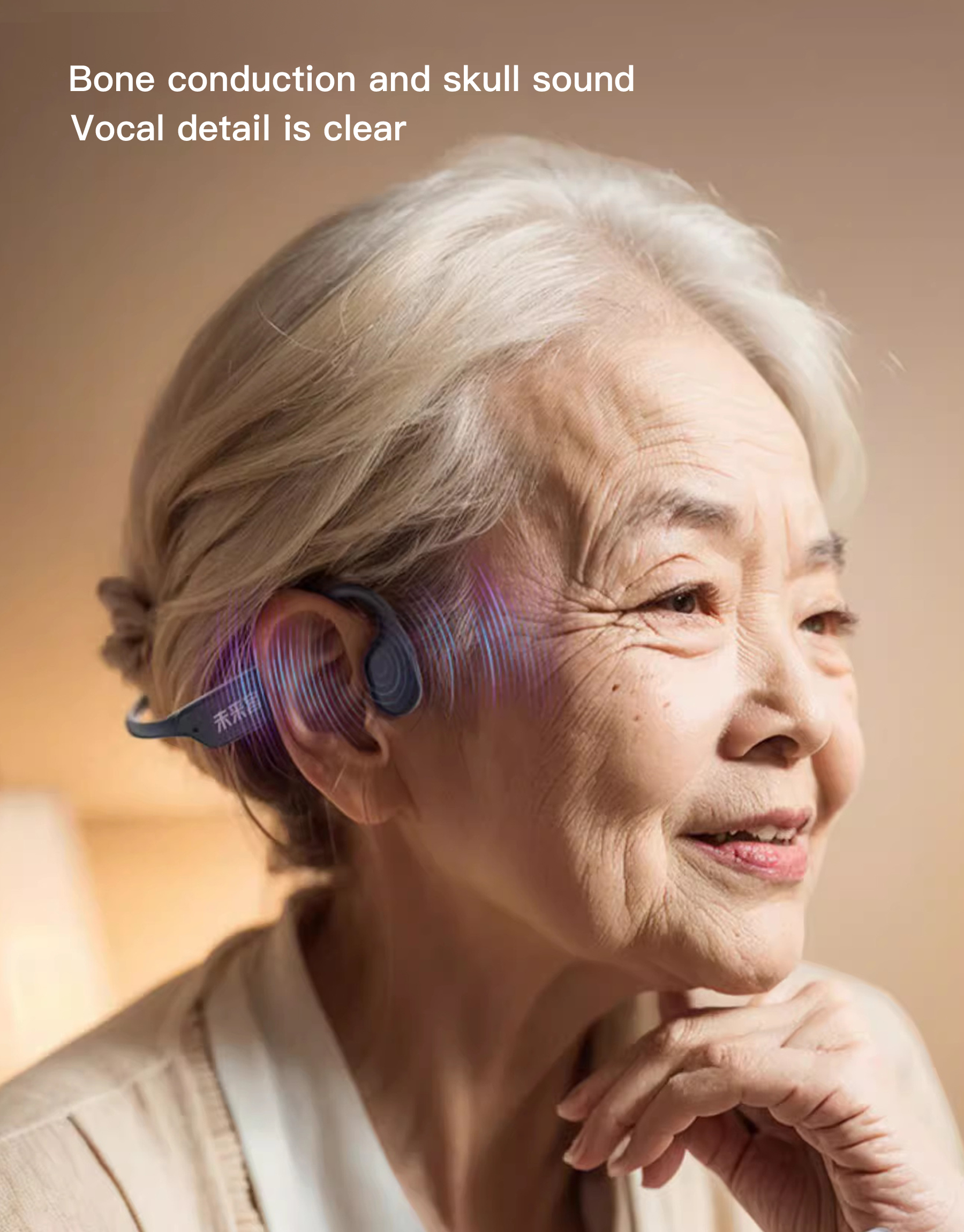
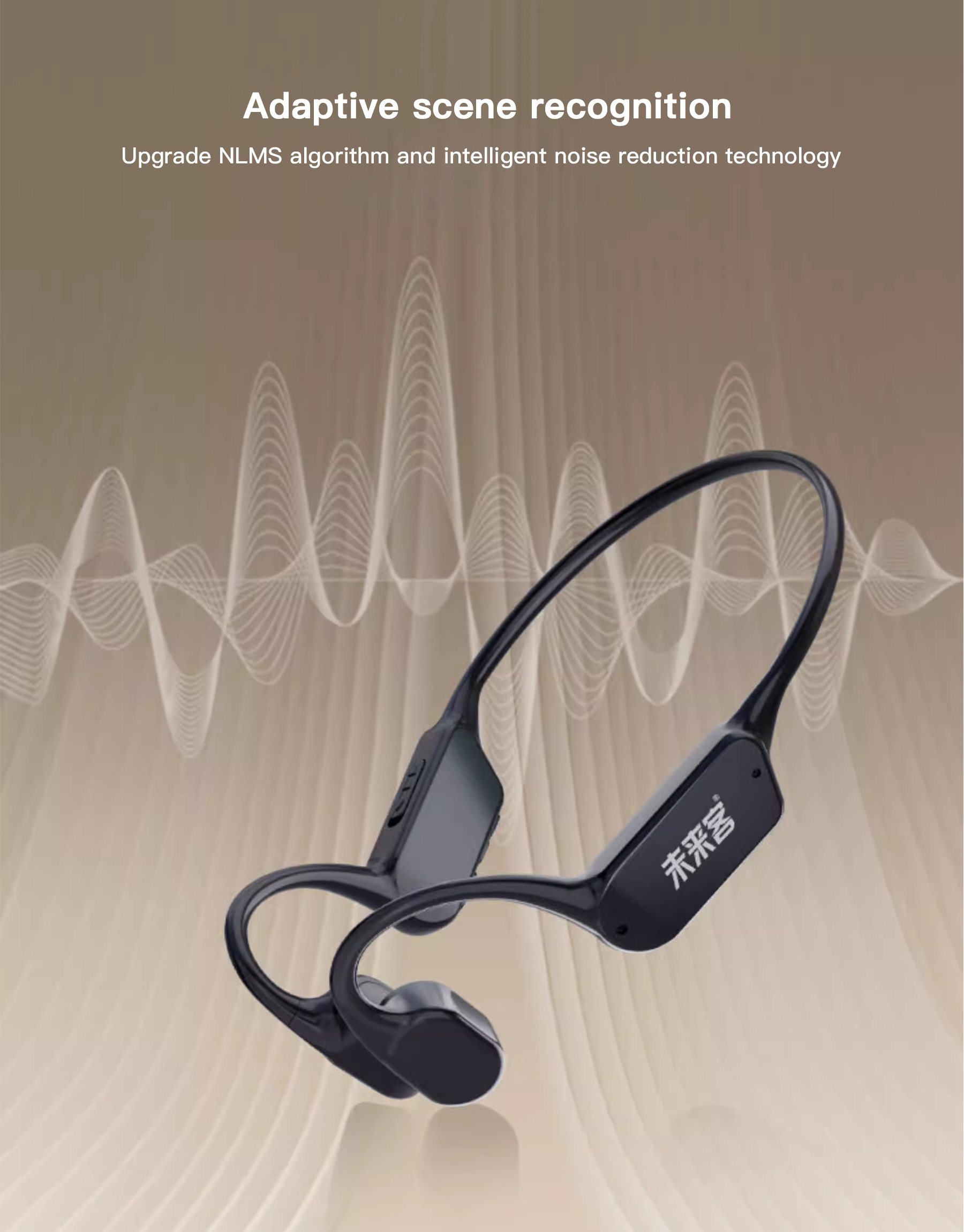

Image Credit :
Project Overview
The Bone-Air Conduction Hearing Aid integrates bone and air conduction mechanisms, enabling synergistic compensation for various hearing loss types. For patients with outer or middle ear abnormalities (e.g., ear canal atresia or otitis media sequelae) but preserved inner ear hair cell function, traditional air conduction hearing aids are limited due to blocked sound pathways. Bone conduction bypasses damaged outer and middle ears, directly transmitting vibration energy to the cochlea for effective auditory input. For sensorineural hearing loss (inner ear or auditory nerve dysfunction), air conduction enhances spectral details and spatial localization, improving speech clarity and naturalness. In mixed hearing loss cases, this dual-channel mode complements: bone conduction ensures low-frequency energy delivery, while air conduction optimizes high-frequency perception, significantly enhancing dynamic range, depth, and realism. This multimodal strategy expands indications and delivers near-normal auditory perception, offering precise, personalized rehabilitation solutions.
Organisation
Team
Project Brief
The Bone-Air Conduction Hearing Aid innovatively combines bone and air conduction for comprehensive, natural, and personalized auditory compensation. Each ear features two professional hearing aid chips, introducing AI acoustic algorithms for intelligent noise reduction and adaptive dynamic gain tailored to different hearing losses.
The device supports all Bluetooth earphone functions, compatible with Bluetooth 5.3 for higher transmission rates, lower latency, and stronger anti-interference, enabling phone calls, movie watching, and music listening.
The dual-ear, dual-chip design enables precise sound source localization, eliminating the embarrassment of hearing speech without identifying its direction. It allows targeted adjustments for each ear’s hearing loss level, achieving customized compensation gain.
The ear-hook design avoids ear canal insertion, preventing discomfort from prolonged in-ear use. Ideal for sports enthusiasts, it ensures stable head attachment during running, fitness, or outdoor activities, with strong anti-shake properties and secure fit for continuous sound transmission and wearing safety.
Project Innovation/Need
For severe hearing loss, the team developed the advanced AGC Automatic Gain Compensation System V1.0, covering nearly all hearing loss ranges from mild to profound.
The system detects ambient sounds via built-in microphones, converting them to electrical signals. The AGC module analyzes signal strength, compares it to thresholds, and adjusts gain in real-time to prevent overly loud sounds that could further damage hearing or inaudible ones, ensuring clear sound perception. With dual-ear, dual-chip architecture, the AGC system achieves 360° omnidirectional sound capture and appropriate gain adjustments from quiet indoors to noisy streets, significantly improving sound intelligibility and naturalness for profound hearing loss users.
Design Challenge
Using next-generation lightweight, high-strength nickel-titanium (NiTi) shape memory alloy, the hearing aid achieves an ultra-light design at just 18 grams, despite an additional chip module. Optimized multi-point force distribution and flexible fixation reduce localized pressure, alleviating ear discomfort during prolonged wear, enabling a “non-intrusive” experience for all-day, high-comfort use, balancing functionality and physiological comfort.
Sustainability
The manufacturer established a full-lifecycle recycling system, encouraging users via a points-based incentive to return end-of-life or damaged devices to designated recycling points. Professional agencies dismantle, sort, and purify materials: nickel and titanium from the alloy are reused as industrial raw materials, while medical-grade silicone is converted into high-purity materials via pyrolysis or chemical recycling for medical devices or low-value industrial products, minimizing environmental impact.
Product Design - Medical
This award celebrates creative and innovative design for either a component or overall product. Consideration given to aspects that relate to human usage, aesthetics, selection of components and materials, and the resolution of assembly, manufacturing and the overall function.
More Details

